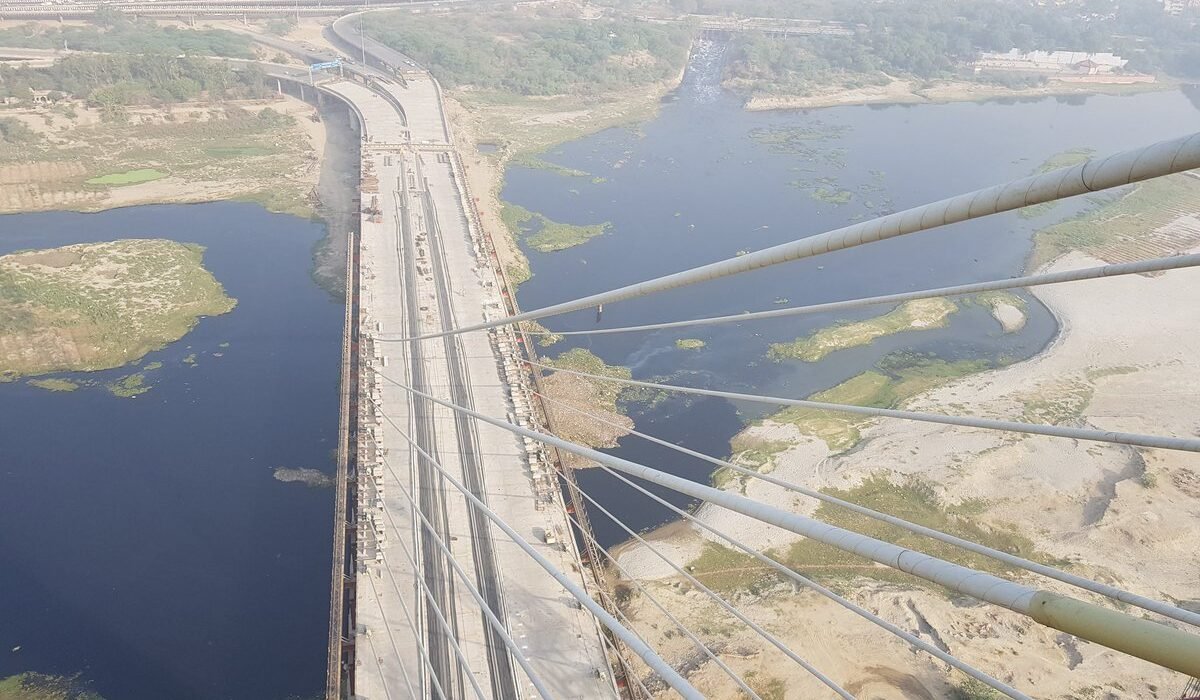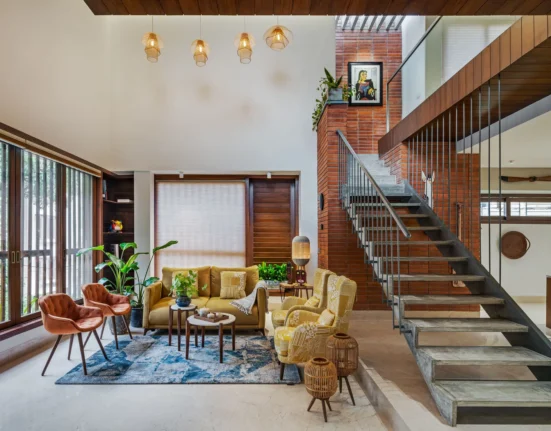The existence of informal settlements, also referred to as slums, in Delhi’s booming metropolis poses a difficult urban dilemma. But there’s also a lot of room for improvement in these communities through programs for urban regeneration and slum rehabilitation. Plots are essential to these initiatives because they provide a blank canvas on which to construct dynamic, inclusive, and new urban communities.
Handling unofficial settlements:
Overcrowding and filthy living conditions, poor infrastructure, and restricted access to essential services are common features of Delhi’s slums. By giving people access to basic amenities, better infrastructure, and dignified housing, slum restoration seeks to alleviate these issues. As the framework for the construction of new housing developments and community amenities, plots are crucial to this process.
Building inexpensive housing:
Giving locals access to safe and affordable housing options is one of the main goals of slum redevelopment. 50-100-200 Gaj Plots in Delhi are used to develop low-rise housing complexes or multi-story apartment buildings that can house a lot of households. These housing units are frequently made to be both small and practical, making the most of the available space and guaranteeing that occupants will have a sufficient standard of living.
Improving facilities and infrastructure:
Slum rehabilitation initiatives prioritize enhancing the community’s facilities and infrastructure in addition to housing. The physical environment of the slum is changed by the allotment of plots for the building of roads, water supply systems, sewage networks, and electrical infrastructure. On allotted lots, community facilities, including parks, community centres, schools, and medical facilities, are constructed to give locals access to leisure areas and necessities.
Encouraging social integration:
The significance of social inclusion and community involvement in the reconstruction process is emphasized by slum rehabilitation projects. Plots are allotted for public areas and social facilities that promote social cohesiveness and interaction, in addition to residential and infrastructure development. Participation of the community in planning and decision-making processes guarantees that the requirements and preferences of the locals are taken into consideration, encouraging a feeling of communal ownership and belonging.
Promoting Financial Prospects:
Initiatives for urban redevelopment linked to slum rehabilitation frequently incorporate measures for improving livelihoods and promoting economic empowerment. Plots may be allotted for the construction of businesses, small-scale industries, and unofficial marketplaces, giving locals the chance to start their own businesses and generate revenue. Residents’ ability to break the cycle of poverty and improve their economic prospects is further aided by their access to microfinance services, training programs, and skill development efforts.
Conclusion: Plots are essential to Delhi’s attempts at urban regeneration and slum rehabilitation. Plots serve as the basis for converting informal settlements into thriving, diverse urban neighbourhoods by offering the physical area needed for the building of homes, infrastructure, and community facilities. Slum rehabilitation programs have the ability to build resilient and sustainable communities that provide a higher standard of living for everyone through cooperative efforts involving government agencies, urban planners, community organizations, and the people themselves. Increasing plots could also result in decreasing prices in Delhi.







